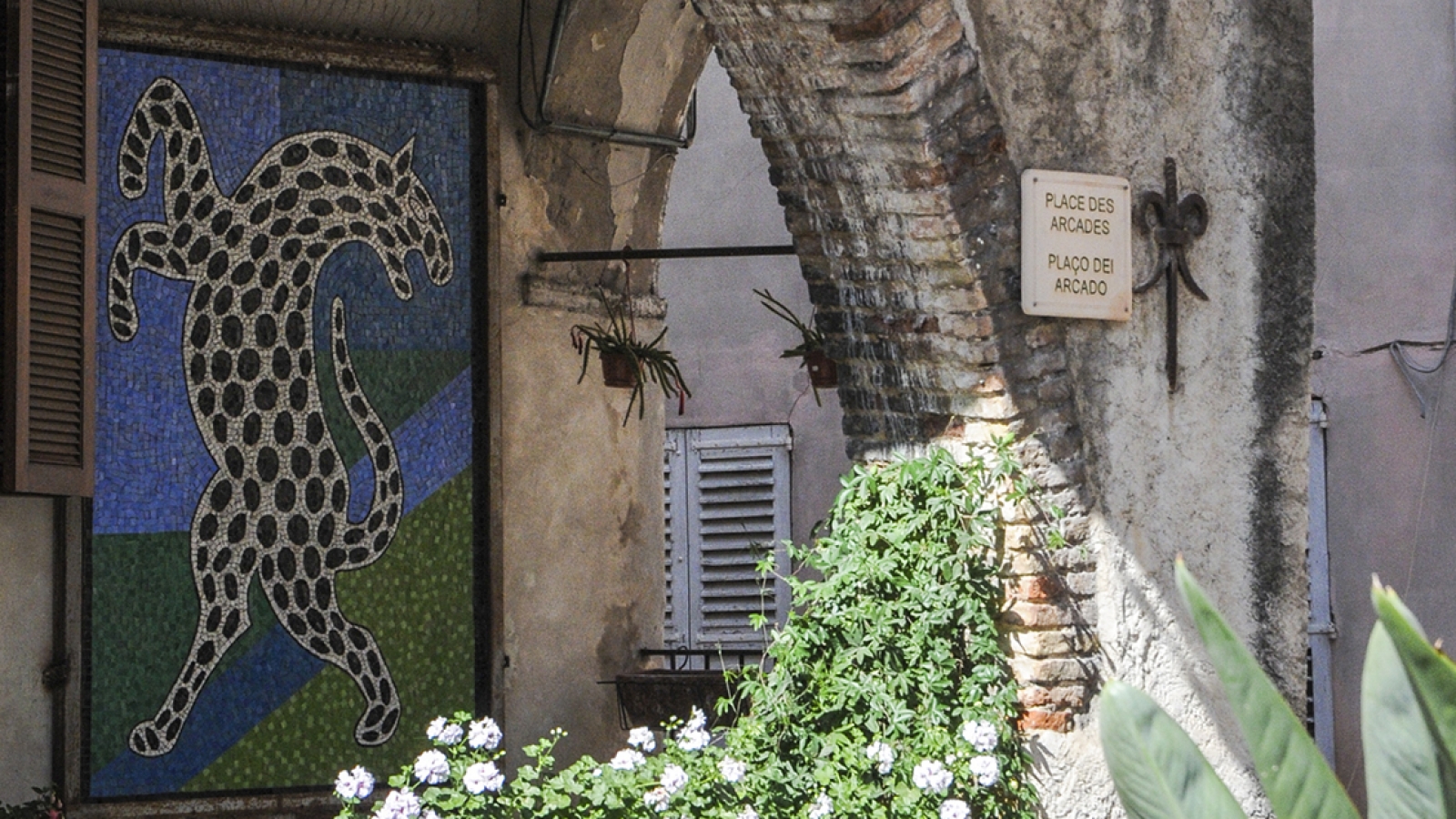
Sites & monuments
Biot is brimming with iconic sites and remarkable monuments contributing to its authentic Provençal charm. Churches and chapels, but also historical squares and gates, are all vestiges of a rich and passionate history. Take a journey to the past and admire the sites and buildings that still have a bit of magic after all this time.
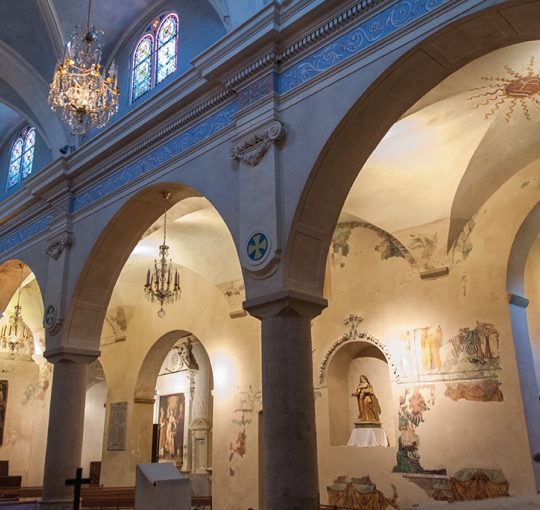
Sainte marie-madeleine church
Rebuilt in the 15th century on the foundation of a former Romanesque church, Sainte Marie-Madeleine is the jewel of Biot’s historical and cultural heritage. Designated a historical monument in 1984, it has two unique features: the presence of two doors and the fact that the steps go down into the nave instead of up.
Discover
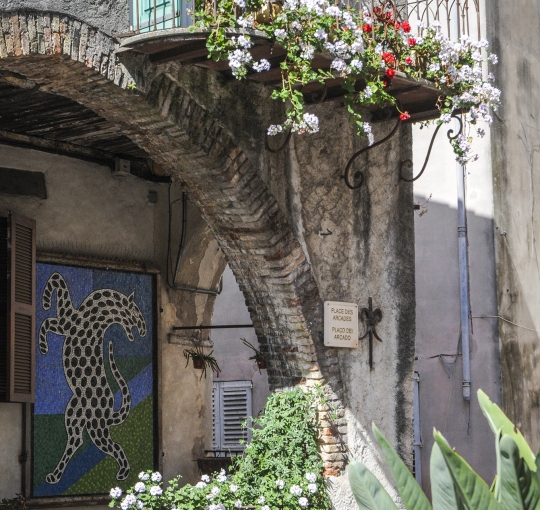
Place des Arcades
In the centre of the village, the Place des Arcades square is a must-see heritage sight in Biot. The square was originally a Roman castrum and then the headquarters of the Knights Templar. Today, it bears the distinctive architecture of the Ligurians that it inherited when Biot was repopulated by the Italians in the 15th century.
Discover
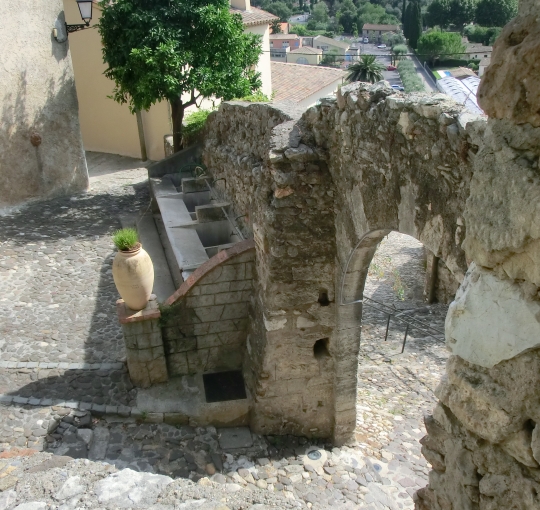
Porte des Tines
At the end of the Middle Ages, three gates protected the village from invasion, one of which was since destroyed. The Porte des Tines still stands in the middle of an intersection of flower-lined pedestrian streets, creating a steep and charming setting. The hinges used to close the wooden door can still be seen.
Discover
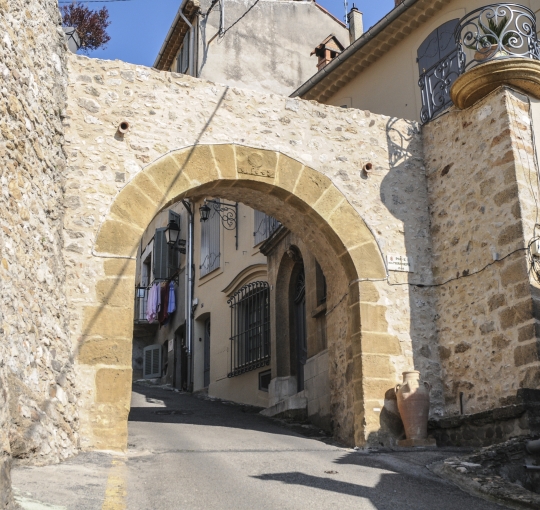
Porte des Migraniers
In better condition that the Porte des Tines, the Porte des Migraniers is on the cobblestone street of the same name that leads to the Place des Arcades. Discover the remnants of a tower and the wall walk that once crossed over the gate.
Discover
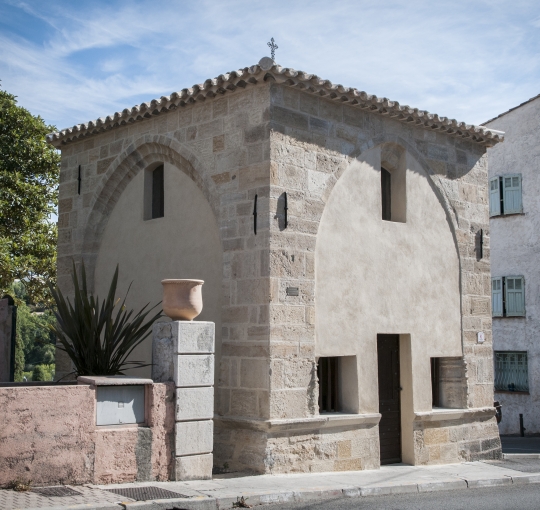
Saint-Roch chapel
Avec ses airs d’oratoire, la chapelle Saint-Roch date au moins du XVIe siècle, mais l’édifice est peut-être plus ancien encore. Désormais propriété de la municipalité de Biot, elle fut dédiée à Saint Roch afin qu’il protège le village des épidémies de peste.
Discover
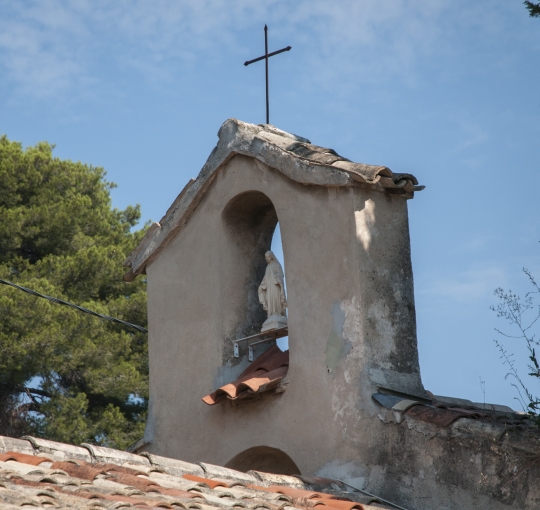
Notre-Dame chapel
There are numerous references, from 1604 onwards, to the Notre-Dame chapel, which first belonged to a private individual and then to the cloth weavers, who erected an altar to Saint Barnabas and made it into a replica of the Saint Julien chapel.
